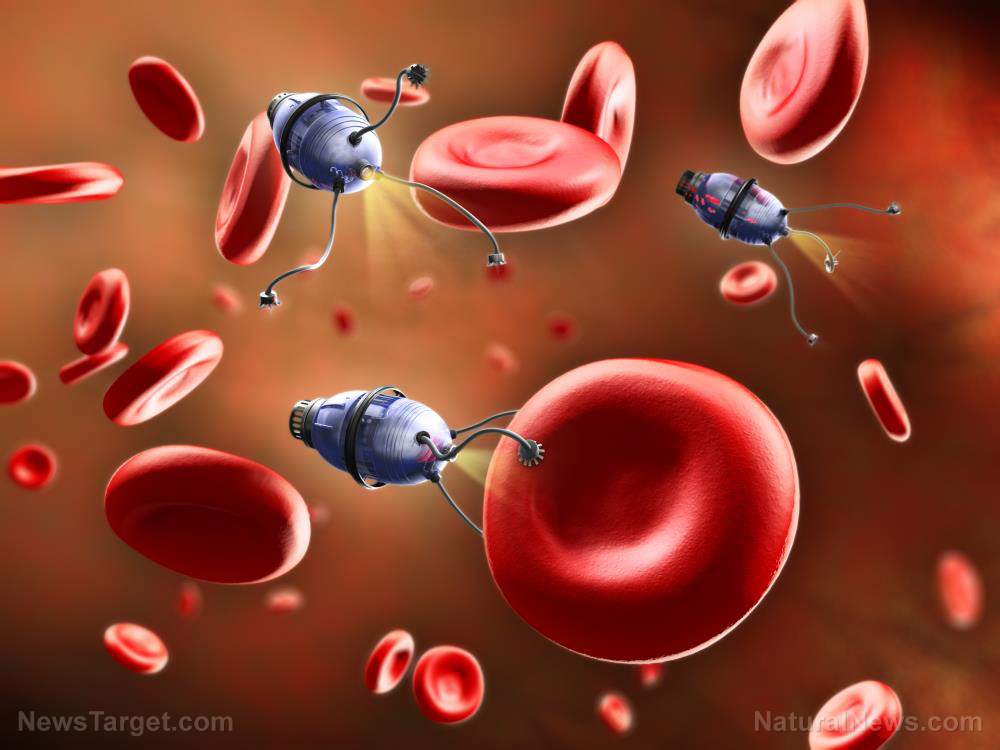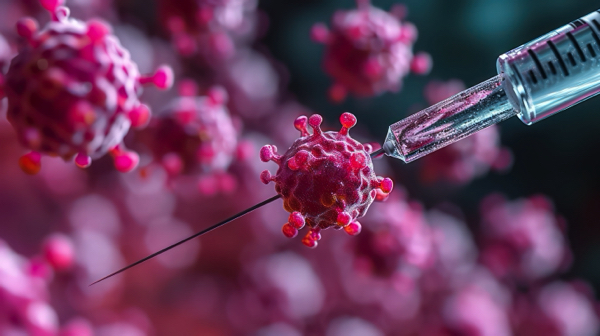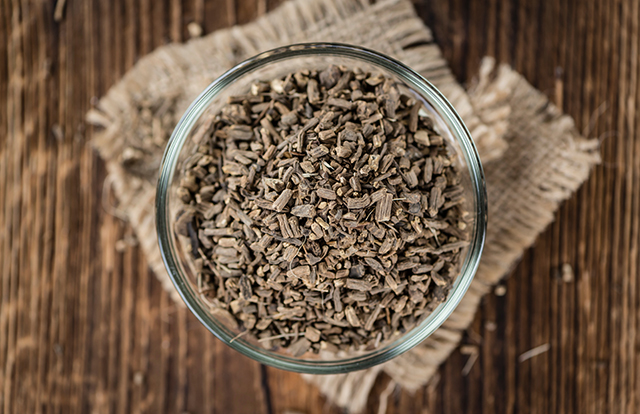From textile dye to potential wonder drug: "The Ultimate Guide to Methylene Blue" by Mark Sloan
- Methylene blue, invented in 1876, first served as a textile dye, later becoming vital in microbiology and as the first synthetic antimalarial drug.
- It's widely used in veterinary medicine for treating methemoglobinemia and poisonings, and serves as an antidote for chemical poisonings and drug overdoses.
- Methylene blue is effective against various pathogens, including malaria and Ebola, and its antimicrobial potency increases with light therapy.
- Recent studies show it may enhance brain function, treat neurodegenerative diseases, and help with depression, while also promoting cellular energy production in conditions like Alzheimer's.
- It selectively targets dysfunctional cells, including cancer cells, and researchers have developed a highly efficient methylene blue battery.
Methylene blue, a vibrant blue dye with a rich history,
has quietly revolutionized science and medicine for over a century. Synthesized by German chemist Heinrich Caro in 1876 for the textile industry, this unassuming compound has since found its way into laboratories and hospitals worldwide, showcasing a stunning array of applications and benefits.
The journey of methylene blue began in the late 19th century when microbiologist Robert Koch discovered that it could stain cells and microorganisms, allowing scientists to study bacteria, parasites, and other tiny organisms with unprecedented precision. This breakthrough laid the foundation for methylene blue's widespread use in scientific research.
One of the most significant milestones in methylene blue's history came in the early 20th century when Paul Ehrlich, a Nobel Prize-winning physician, discovered its ability to both stain and kill the malaria-causing parasite
Plasmodium falciparum. This led to methylene blue becoming the first synthetic antimalarial drug in history, saving countless lives during World War II.
Today, methylene blue remains a staple in fish tanks and aquaculture, where it serves as a powerful antifungal and antiparasitic agent, helping to maintain the health of aquatic ecosystems. It also plays a crucial role in veterinary medicine, treating methemoglobinemia and other chemical poisonings in animals ranging from dogs and cats to cows and horses.
Beyond its applications in the animal kingdom, methylene blue has emerged as a potent antidote for a wide range of chemical poisonings and drug overdoses. Its ability to convert methemoglobin, a form of hemoglobin that can't carry oxygen, back to its normal state makes it invaluable in emergency rooms and critical care units worldwide.
The compound's journey as a medicine took another significant turn with its recent rediscovery as an effective treatment for malaria. In fact, methylene blue is now considered one of the most promising antimalarial drugs ever developed, particularly for treating drug-resistant strains. Its ability to inhibit the malaria parasite has shown remarkable results.
Moreover, methylene blue has demonstrated remarkable antiviral properties. Studies have shown its effectiveness in inactivating a range of viruses, including Zika, West Nile, Ebola, Hepatitis, HIV, and even the virus responsible for COVID-19. When combined with light therapy, its antimicrobial potency increases significantly, making it a powerful tool in the fight against infectious diseases.
Recent research has also highlighted methylene blue's potential in
enhancing brain function and cognition. It has been shown to improve memory retrieval, attention and emotional regulation, making it a potential game-changer for those struggling with cognitive decline or mental fog. Perhaps most notably, a single dose of methylene blue has been found to completely eliminate symptoms of depression in some individuals, offering a promising alternative to traditional antidepressant medications, which often come with debilitating side effects.
Methylene blue's benefits for the brain don't stop there. It has also shown promise in treating neurodegenerative diseases like Alzheimer's and Parkinson's. These conditions are characterized by mitochondrial dysfunction, and methylene blue's ability to restore cellular energy production makes it a promising therapeutic option. The potential for methylene blue to help people regain their memories and autonomy is particularly significant, given the increasing prevalence of dementia.
Perhaps one of the most exciting areas of research is methylene blue's potential role in cancer treatment. It selectively targets cells with dysfunctional metabolism, including cancer cells, and restores their ability to use oxygen efficiently. This could offer a new approach to treatment that doesn't rely on toxic chemicals or radiation, potentially revolutionizing cancer care.
In addition to its medical applications, methylene blue has shown promise in energy storage. Researchers have developed a methylene blue battery that operates at near-perfect efficiency and is non-polluting, making it a sustainable alternative to traditional batteries.
Methylene blue's journey from a simple textile dye
to a potential wonder drug is a testament to its versatility and power. Its ability to target mitochondrial dysfunction, the root cause of many diseases, makes it a promising candidate for transforming the way we approach health and healing. As research continues, the full potential of this remarkable compound may yet be unveiled, offering hope for countless individuals facing a range of medical challenges.
Watch this video about Mark Sloan's book "
The Ultimate Guide to Methylene Blue," which elaborates on how this compound can help improve health.
This video is from the
BrightLearn channel on Brighteon.com.
Sources include:
Brighteon.ai
Brighteon.com












